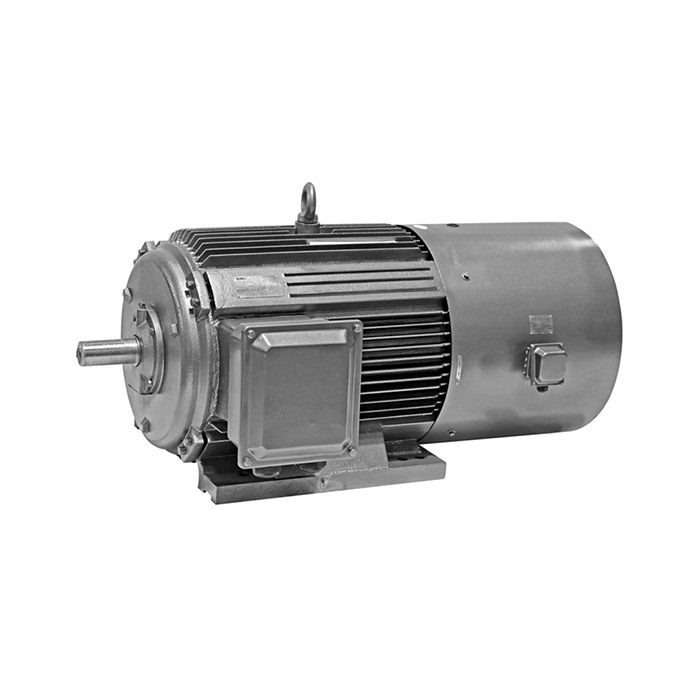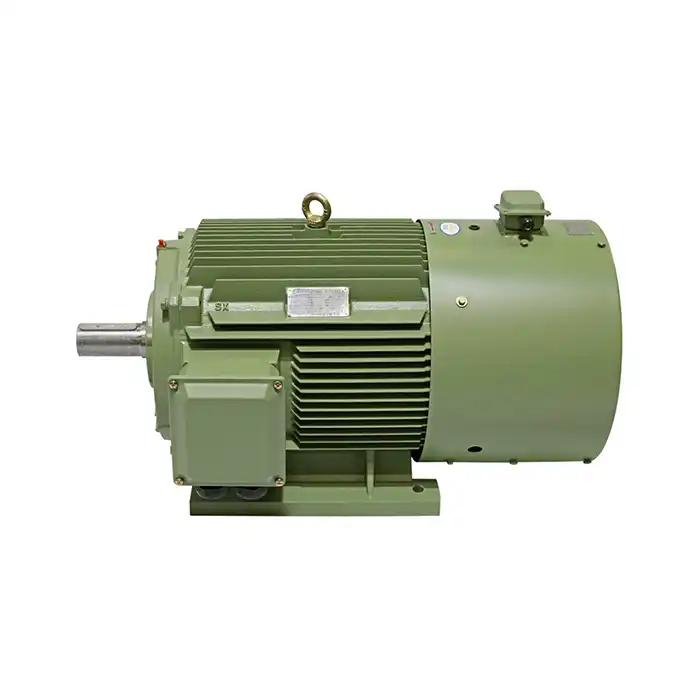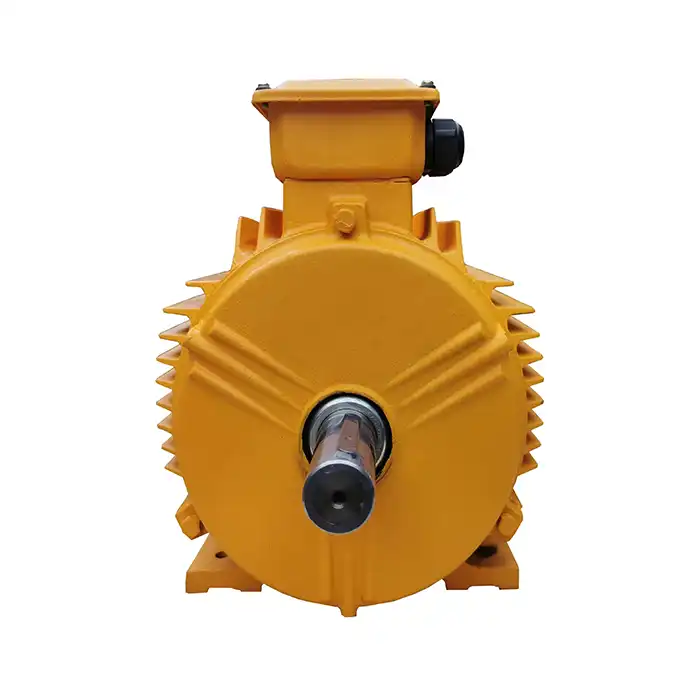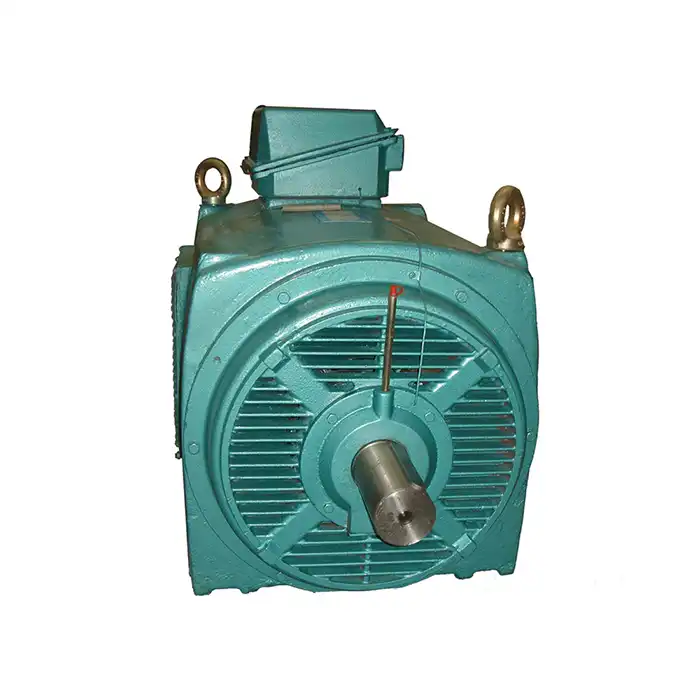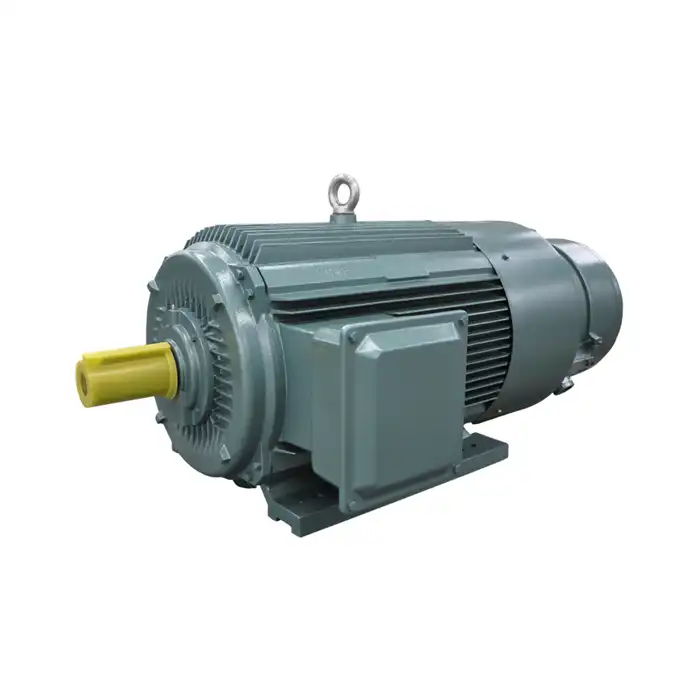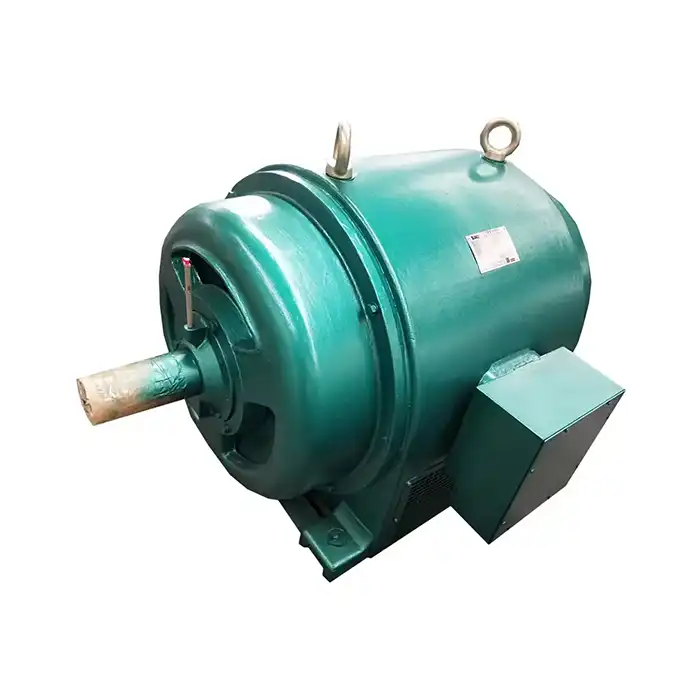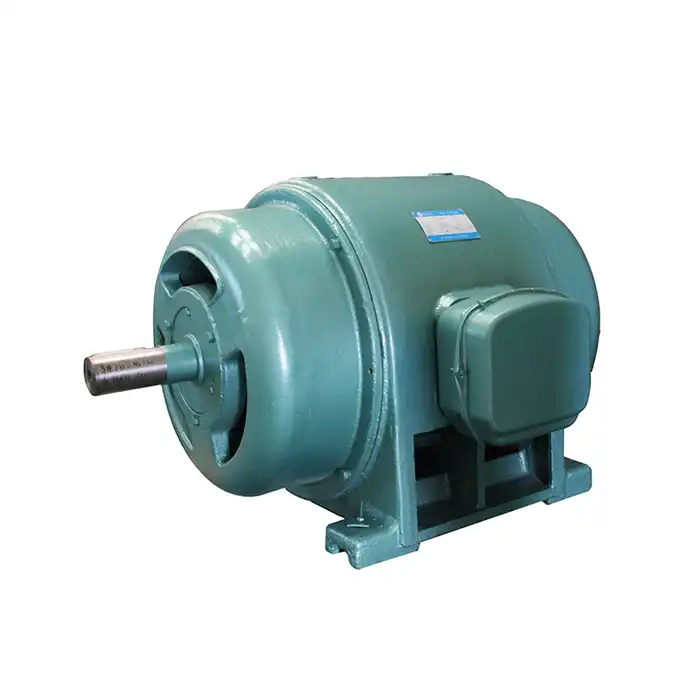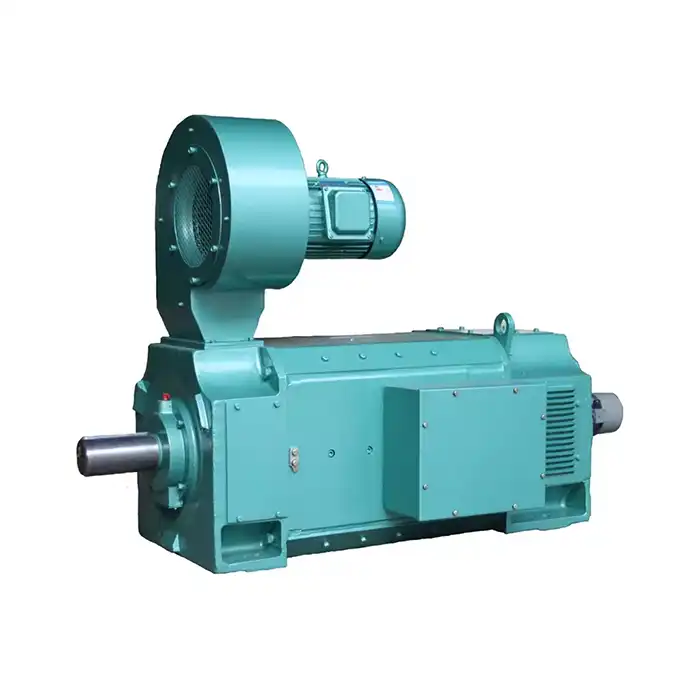Exploring Ex d: Explosion-proof Motor Technology
Ex d motors are specialized electrical machines designed to operate safely in potentially explosive atmospheres. These motors are engineered to prevent any internal sparks or explosions from igniting the surrounding flammable gases or dust.
The Mechanics of Ex d Protection
The fundamental principle behind Ex d protection is containment. The motor's enclosure is built to withstand an internal explosion and prevent the propagation of flames to the external environment. This is achieved through several design elements:
Robust Construction: Ex d motors are typically made from cast iron or steel, providing exceptional strength and durability.
Flame Paths: Carefully engineered gaps and joints in the motor's casing allow hot gases to escape and cool down before reaching the outside atmosphere.
Thermal Management: The motor's surface temperature is controlled to prevent it from becoming an ignition source.
Applications of Ex d Motors
Exd motors find extensive use in industries where flammable gases, vapors, or dust are present. Some common applications include:
Oil and gas refineries
Chemical processing plants
Pharmaceutical manufacturing facilities
Underground mining operations
Grain handling and storage facilities
Key Features of Ex d Motor Protection
Ex d motors incorporate several unique features that set them apart from standard motors and ensure their safe operation in hazardous environments.
Enclosure Design
The enclosure of an Ex d motor is its primary defense against potential explosions. Key aspects of the enclosure design include:
Thick Walls: The motor casing is significantly thicker than standard motors to withstand internal explosions.
Precision Engineering: All joints and openings are precisely machined to create flame-quenching paths.
Sealed Entry Points: Cable entries and other openings are specially designed to maintain the integrity of the explosion-proof enclosure.
Thermal Management
Controlling the motor's temperature is crucial in preventing ignition of the surrounding atmosphere. Ex d motors employ various thermal management techniques:
Enhanced Cooling: Many Ex d motors feature advanced cooling systems to dissipate heat effectively.
Temperature Monitoring: Built-in sensors continuously monitor the motor's temperature.
Thermal Protection: Automatic shut-off mechanisms are incorporated to prevent overheating.
Electrical Components
The internal electrical components of Exd motors are designed with safety in mind:
Spark-Free Operation: Special attention is given to minimizing the risk of sparks during normal operation.
Insulation: High-quality insulation materials are used to prevent electrical faults.
Terminal Box: A separate explosion-proof terminal box is provided for safe electrical connections.
Ex d Motors: Safety Standards and Certifications
To ensure the reliability and safety of Ex d motors, they must comply with stringent international standards and undergo rigorous certification processes.
International Standards
Several international standards govern the design and manufacture of Ex d motors:
IEC 60079 Series: These standards cover various aspects of electrical equipment for explosive atmospheres.
ATEX Directive: European Union regulations for equipment used in potentially explosive atmospheres.
NEC 500 Series: North American standards for hazardous location electrical equipment.
Certification Process
Ex d motors must undergo a comprehensive certification process to verify their compliance with safety standards. This process typically involves:
Design Review: A thorough examination of the motor's design and technical documentation.
Type Testing: Rigorous tests to verify the motor's performance under various conditions, including simulated explosions.
Quality Assurance: Assessment of the manufacturer's quality management system to ensure consistent production quality.
Marking and Documentation
Certified Exd motors are required to bear specific markings that provide essential information about their explosion protection characteristics:
Ex Symbol: Indicates that the motor is suitable for use in explosive atmospheres.
Protection Type: The letters "d" denote the flameproof enclosure protection method.
Gas Group: Indicates the types of gases the motor is certified for (e.g., IIA, IIB, IIC).
Temperature Class: Specifies the maximum surface temperature of the motor (e.g., T1 to T6).
Additionally, Ex d motors are accompanied by detailed documentation, including installation instructions, maintenance requirements, and safety precautions.
Maintenance and Inspection
Regular maintenance and inspection are crucial for ensuring the continued safe operation of Ex d motors:
Periodic Inspections: Regular visual checks and detailed inspections as per the manufacturer's guidelines.
Repair and Overhaul: Any repairs or modifications must be carried out by certified personnel to maintain the motor's Ex d integrity.
Record Keeping: Maintaining detailed records of all inspections, maintenance, and repairs is essential for compliance and safety management.
Conclusion
Ex d motors play a vital role in ensuring safe operations in hazardous environments. Their robust design, advanced protection features, and adherence to strict safety standards make them indispensable in industries where flammable atmospheres are a concern. As technology advances, we can expect further improvements in Ex d motor design, enhancing their efficiency and safety features.
For industries operating in potentially explosive atmospheres, investing in high-quality Exd motors is not just a regulatory requirement but a crucial step in safeguarding personnel, equipment, and the environment.
Are you in need of reliable and efficient power equipment solutions for your industrial operations? Look no further than Shaanxi Qihe Xicheng Electromechanical Equipment Co.,Ltd. We specialize in providing high-performance power equipment with exceptional energy efficiency and stability. Our team is dedicated to addressing all your pre-sales, after-sales, and technical concerns promptly.
Whether you're in manufacturing, process control, robotics, HVAC, energy production, or any other industry requiring dependable motor solutions, we have the expertise to meet your needs. Don't compromise on safety and efficiency. Contact us today at xcmotors@163.com to learn more about our Exd motors and other power equipment solutions tailored to your specific requirements.
References
1. Johnson, R. (2021). "Explosion-Proof Motors: Design Principles and Applications in Hazardous Environments." Journal of Industrial Safety Engineering, 45(3), 278-295.
2. Smith, A. & Brown, T. (2020). "Advancements in Ex d Motor Technology for Oil and Gas Industries." Petroleum Engineering Review, 18(2), 112-128.
3. International Electrotechnical Commission. (2019). "IEC 60079-1: Explosive atmospheres - Part 1: Equipment protection by flameproof enclosures 'd'." IEC Standard.
4. Martinez, L. et al. (2022). "Thermal Management Strategies in Modern Ex d Motors." IEEE Transactions on Industrial Electronics, 69(8), 7890-7902.
5. Thompson, E. (2020). "Certification Processes for Explosion-Proof Electrical Equipment: A Global Perspective." International Journal of Hazardous Area Classification, 12(4), 201-215.
6. Wilson, G. (2021). "Maintenance Best Practices for Ex d Motors in Chemical Processing Plants." Chemical Engineering Technology, 33(5), 678-690.




